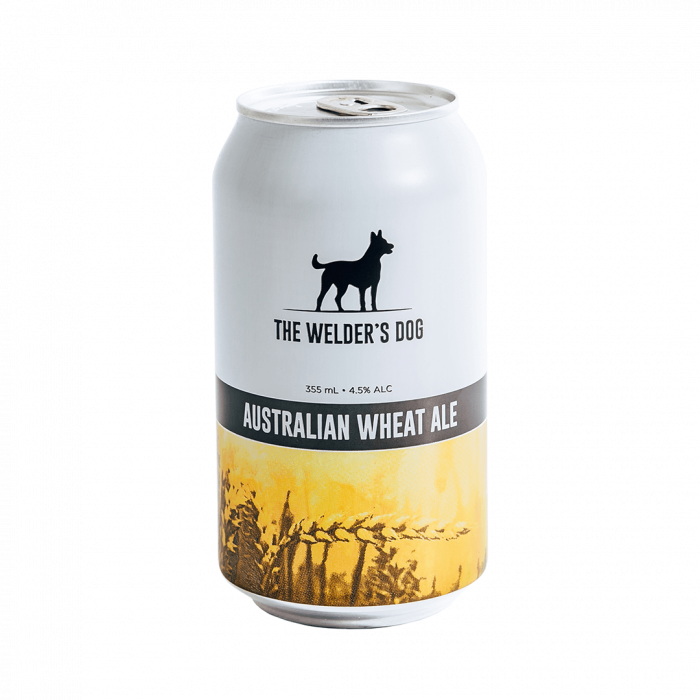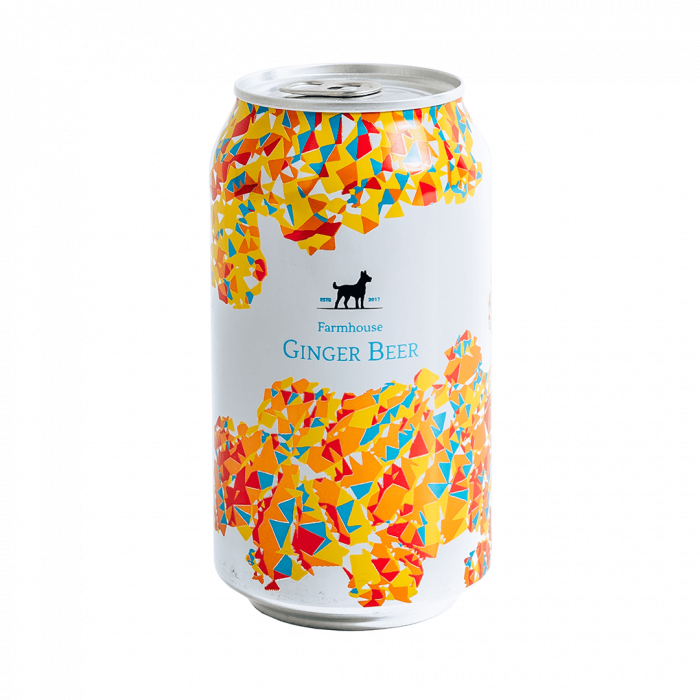
The Welder’s Dog goes local for grain
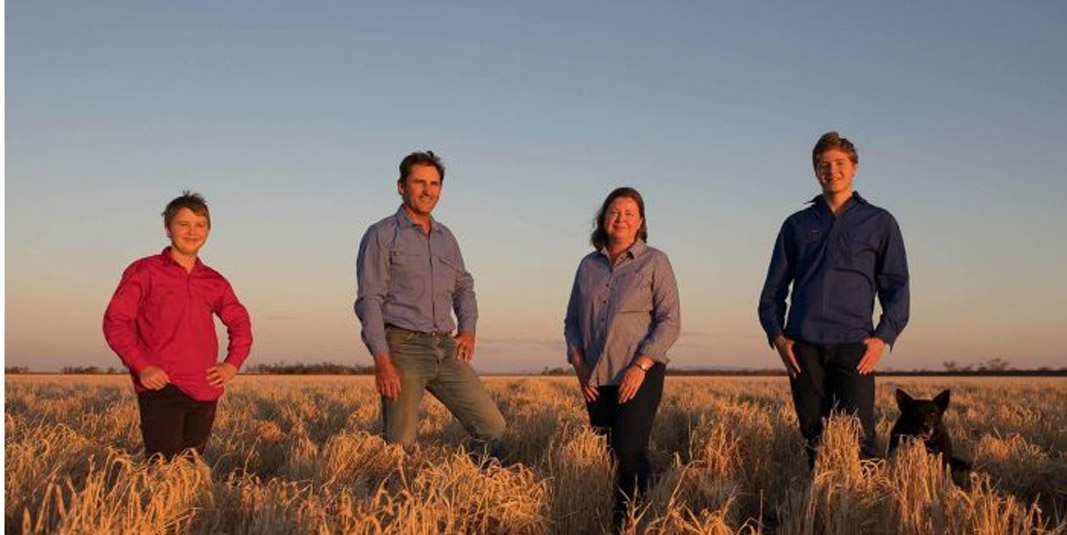
Rural New South Wales brewery The Welder’s Dog has teamed up with a regional farmer for its grain supply, as part of a growing trend which has seen brewers look to terroir for inspiration.
A more complex relationship with locality and provenance has motivated brewers like those at Van Dieman’s Brewery in Tasmania to look closer to home when it comes to sourcing ingredients, and now The Welder’s Dog has partnered with Corie and Nicole Piper’s Parkwood Farm in Wee Waa for its grain supply.
The Welder’s Dog head brewer and co-founder Phil Stevens said that they wanted to bring a taste of NSW to their beer at a fundamental level.
“We’re based in the country and always exposed to farms and farmers that are growing these sorts of things,” he said.
“As we expanded our range into more beers we’ve always been keen on the idea of expressing our region in our products.”
The Welder’s Dog has taprooms in the rural towns of Armidale and Tamworth in addition to their offsite brewery in Armidale, whilst Piperwood Farms is located just under four hours away by road in Wee Waa, central NSW.
Grain transported from Wee Waa is then malted by Voyager Craft Malt in Whitton, NSW and The Welder’s Dog received their first batch of malt at the beginning of the year.
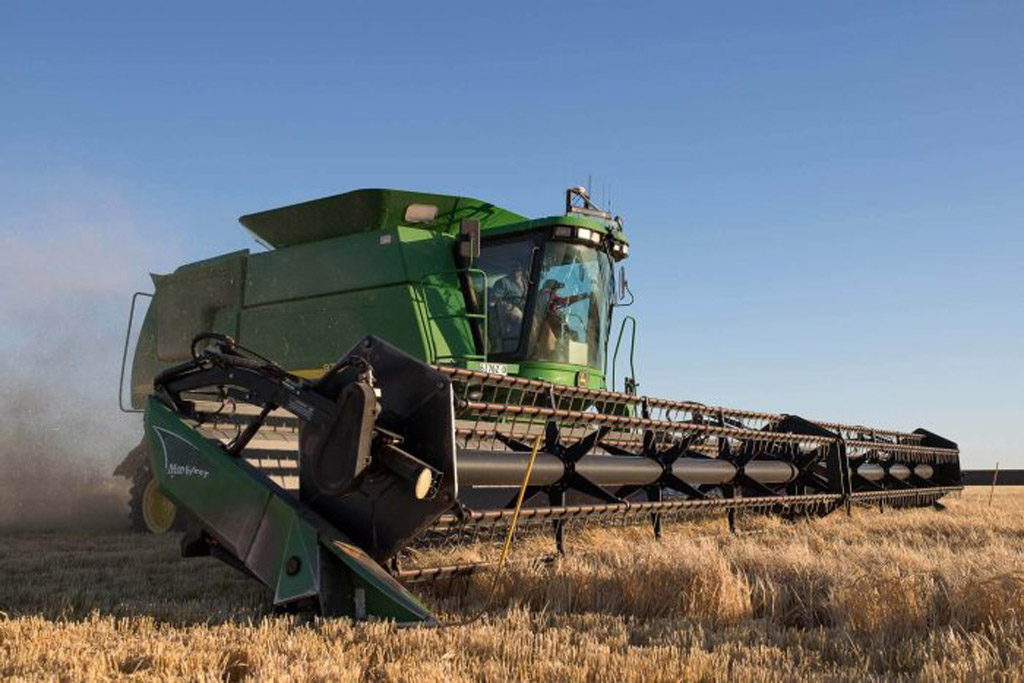
“Corie was growing barley and doing trials on experimental varieties, and he enjoyed being part of that so he put his feelers out to see if anyone would be interested in working with him in a brewing capacity.
“We sat down and thought it would be a great idea to bring him on as a partner in the business and work together to get that supply chain moving,” explained Stevens.
Voyager Craft Malt were instrumental in the project, he said.
“Voyager has been a really big part of this, helping us get 31 tonnes of grain malted, and all the varieties Corie farmed, we had malted in a number of ways.”
GrangeR, La Trobe, Alestar and Auburn varieties are being experimented with at the minute and flexibility is one of the benefits of working more closely with the farmer, Stevens said.
“A big part of it is having that relationship with the farmer and being able to try out some different things, trying to decide the strengths and weaknesses of each malt.
“This year is the first year and we’re still in the early stages, but there’s almost no end to the amount of experimentation we can undertake.
“Our number one priority is quality. This way we’ve got better control over our quality. Others get their malt from big malt houses, the quality is fine and there’s nothing wrong with it, but we want more stringent control.
“That’s one concern. The other is reducing the miles on the barley and keeping as much of the money as local as possible, so it gets back to the farmer.”
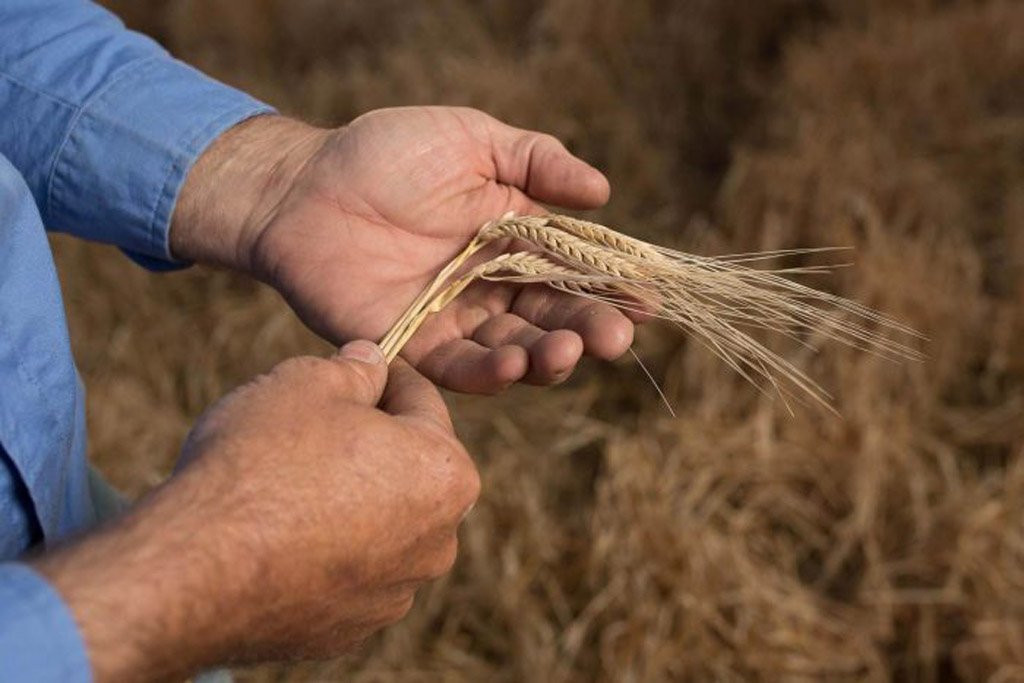
Whether locally sourcing ingredients catches on in the wider industry remains to be seen, said Stevens.
“[Brewers] that are close to the source will increasingly find that they can do this,” he said, but there were other reasons for looking closer to home.
“It’s about the story behind the beer – people love having a pint of beer in the local region knowing the grain was grown there and they are supporting local people.
“It’s a powerful way to convert people that aren’t necessarily craft drinkers, but when they find out the grain in their glass of beer is from down the road, they’re keen on that and that can help get people across the line, and overcome that apprehension about trying something new.”
He said that the industry is progressing to the point where terroir is becoming increasingly important, as well as the story brewers tell about their beer.
“With the rise of hoppy beers and a big boom in different types of yeast and bacteria and sours, it seems inevitable to me that in an industry that constantly innovates we will see an explosion in the consideration of where your malt and everything comes from,” he said.
“It’s going to take some time to be able to put together. More work gets to be done before barley picked in a certain window gets a certain flavour, for example.
“It will be about controlling other variables to make a discernible difference in flavour profile, but there’s lots of work to be done, it’s a complex beast.”
The story so far
Jade Meddemmen, operations manager at Welder’s Dog said that the brewer’s attendance at the AqQuip agricultural industry event in Gunnedah last year was a great way to connect with the agricultural community from the brewer’s perspective.
“It’s a great opportunity for agricultural community to get together,” she said.
“Craft beer is relatively new [to more rural communities] and it’s cool to see them to work together.”
She said that craft beer was often linked with urban areas, but there is a growing and thriving community in more rural regions too.
“[Events like AgQuip] are a great opportunity for people not living in the city to find out more about our story and where we were brewed.
“Some of them were a bit wary, but they gave it a go and they really liked it.”
Founders Tom Croft and Daniel Emery opened the first Welder’s Dog bar in Armidale in 2014, selling other people’s craft beers.
The duo realised their dream of opening their own brewing operations after bringing in Phil Stevens to found the brewery and brew its first Farmhouse Ginger Beer in 2017.
“That’s where it stemmed from and the first thing they brewed was a Farmhouse Ginger Beer – it was unlike anything on the market already, created using old style brewing methods, it is naturally fermented with a lactobacillus culture for a sour tang.
“Six months later we brewed more beers and came up with a core range, and two years later we have seasonals popping up here and there,” she explained.
They launched their second site in 2017 in Tamworth, and are due to launch a tasting room at their brewery, which supplies the two taphouses, later this year.
She said the rise of craft beer was reaching rural Australia, and consumer habits had changed which was allowing progressive barslike Welder’s Dog to thrive.
“In general the craft beer world is becoming more appealing and people are becoming more concerned with the quality rather than having the same thing every day,” Meddemmen said.

